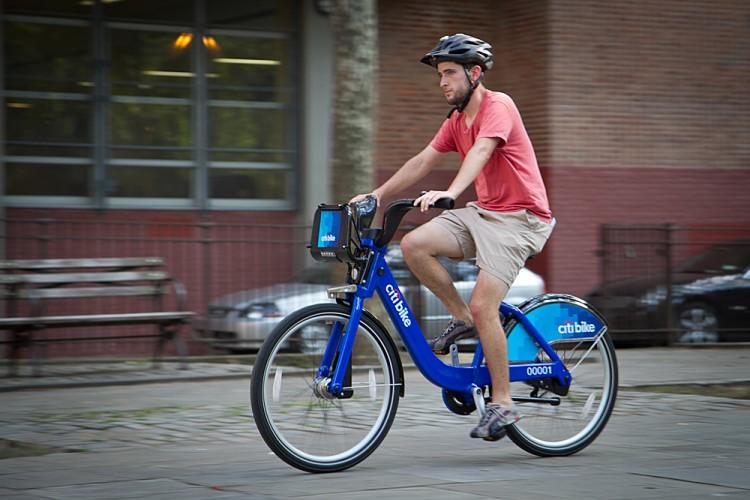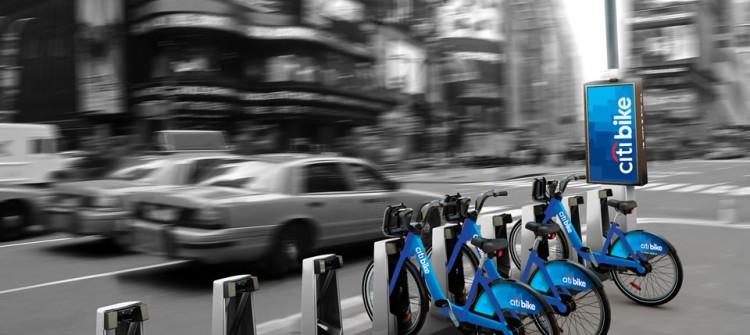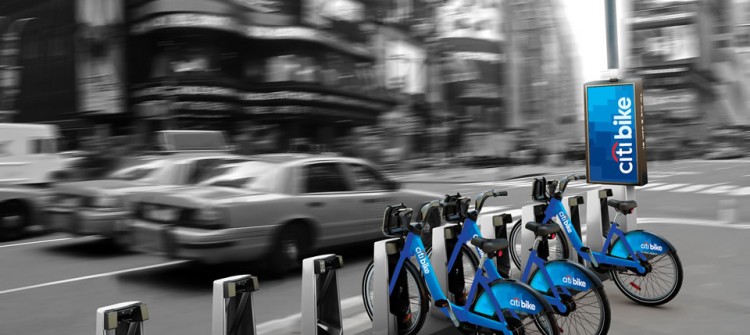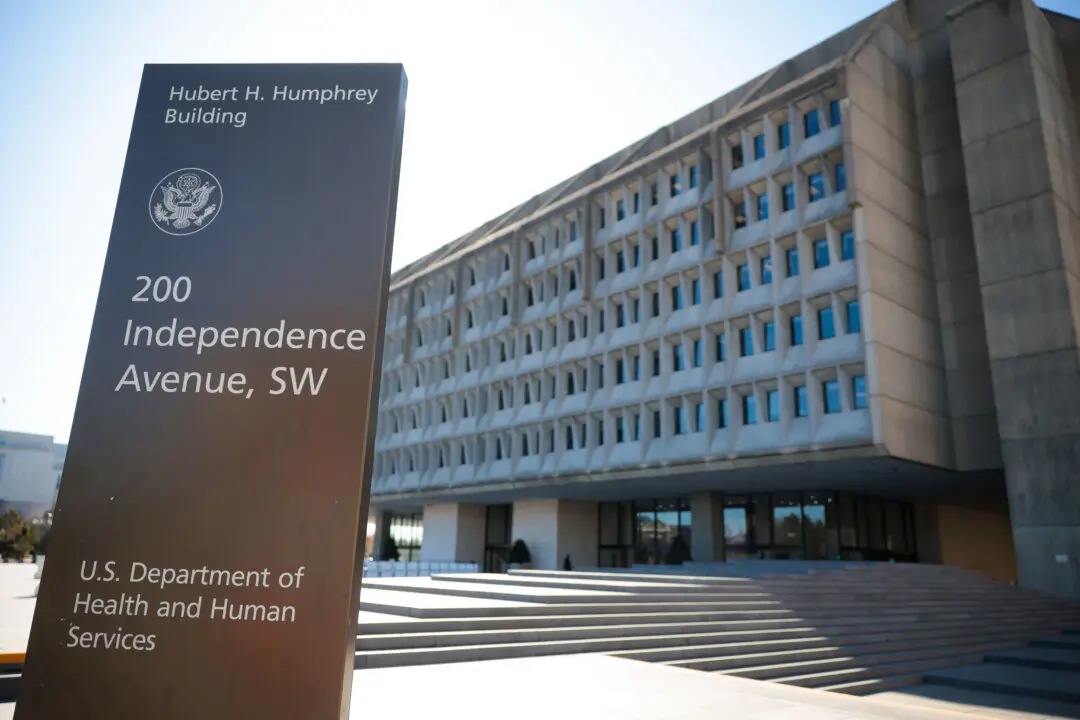NEW YORK—An influx of 10,000 bikes has the potential to overload the city’s streets some say, making planning key for a smooth roll out of the new bikeshare system in July.
Several pieces of legislation announced recently—one eyeing rogue delivery bikers, the other proposing mandatory helmets for all riders in the city—has cast a spotlight on bicycle safety. Worries about overflowing transit hubs if bikeshare stations are situated too close by, and concerns about pedestrians and general traffic flow with the extra bikes, are further issues for consideration.
In 2011, 136 bikeshare systems operated in 165 cities across the globe, according to a report from the University of California–Berkeley. Paris, which boasts the largest bikeshare system in the world, jumped from 10,000 bicycles in 2007 to 20,600 in less than a year.
The Paris system now has 1,800 stations.
New York City could see a similar increase if the next two phases become a reality. A 2009 city report showed a map of Phase 2, which would bring a total of 30,000 bicycles. Phase 3 of the report suggested a total of 49,000 bicycles.







